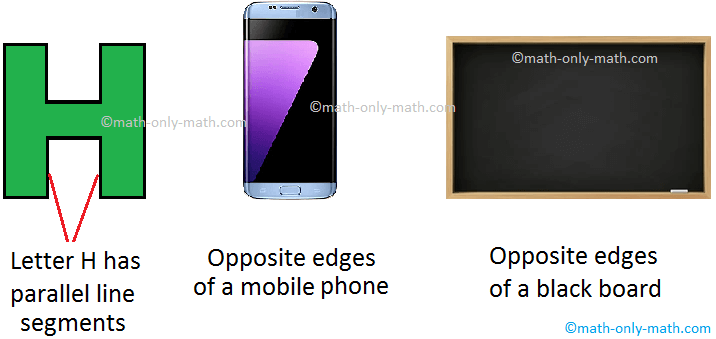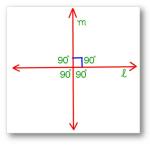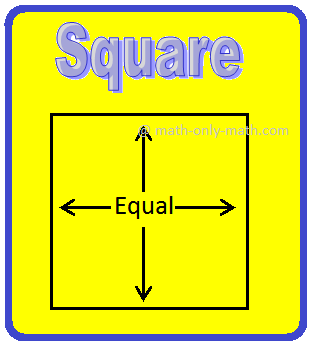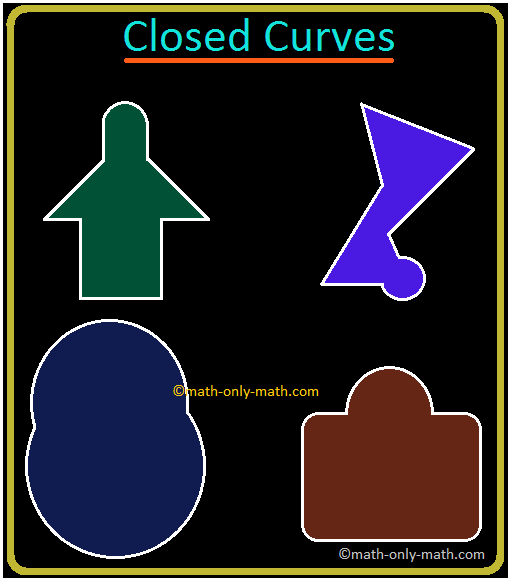Worked-out Problems on Volume of a Cuboid
Here we will solve worked-out problems on volume of a cuboid.
How to calculate volume of a cuboid?
1. Find the volume of a cuboid of length 20 cm, breadth 15 cm and height 10 cm.
Solution:
Length of the cuboid = 20 cm
Breadth of the cuboid = 15 cm
Height of the cuboid = 10 cm
Therefore, volume of the cuboid = length × breadth × height
= (20 × 15 × 10) cm³
= 3000 cm³
2. A wall has to be built with length 8 m, thickness 3 m and height 5 m. Find the volume of the wall in cubic cm.
Solution:
Length of the wall = 8 m or 800 cm
Thickness of the wall = 3 m or 300 cm
Height of the wall = 5 m or 500 cm
Therefore, volume of the wall = length × breadth × height
= (800 × 300 × 500) cm³
= 120000000 cm³
3. If the volume of a room is 792 m³ and the area of the floor is 132 m², find the height of the room.
Solution:
Volume of the room = 792 m³
Area of the floor (l × b) = 132 m²
Therefore, height of the room = (Volume of the room)/(area of the floor)
= 792 m³/132 m² = 6m
4. Length, breadth and height of a room are 6 m 5 m and 3 m respectively. Find the volume of the room.
Solution:
Length of the room = 6 m
Breadth of the room = 5 m
Height of the room = 3 m
Therefore, volume of the room = length × breadth × height
= 6 × 5 × 3 m³
= 90 m³
5. External dimensions of a wooden cuboid are 30 cm × 25 cm × 20 cm. If the thickness of the wood is 2 cm all around, find the volume of the wood contained in the cuboid formed.
Solution:
External length of the cuboid = 30 cm
External breadth of the cuboid = 25 cm
External height of the cuboid = 25 cm
Therefore, External volume of the cuboid = (30 × 25 × 20) cm³
= 15000 cm³
Therefore, Internal volume of the cuboid = (26 × 21 × 16) cm³
= 8736 cm³
Therefore, Volume of wood = External Volume - Internal Volume
= 15000 cm³ - 8736 cm³
= 6264 cm³
These are the above step-by-step detailed explanation in calculating worked-out problems on volume of a cuboid.
● Volume and Surface Area of Solids
Worked-out Problems on Volume of a Cuboid
7th Grade Math Problems
8th Grade Math Practice
From Worked-out Problems on Volume of a Cuboid to HOME PAGE
Didn't find what you were looking for? Or want to know more information about Math Only Math. Use this Google Search to find what you need.
Recent Articles
-
What are Parallel Lines in Geometry? | Two Parallel Lines | Examples
Apr 19, 24 04:39 PM
In parallel lines when two lines do not intersect each other at any point even if they are extended to infinity. What are parallel lines in geometry? Two lines which do not intersect each other -
Perpendicular Lines | What are Perpendicular Lines in Geometry?|Symbol
Apr 19, 24 04:01 PM
In perpendicular lines when two intersecting lines a and b are said to be perpendicular to each other if one of the angles formed by them is a right angle. In other words, Set Square Set Square If two… -
Fundamental Geometrical Concepts | Point | Line | Properties of Lines
Apr 19, 24 01:50 PM
The fundamental geometrical concepts depend on three basic concepts — point, line and plane. The terms cannot be precisely defined. However, the meanings of these terms are explained through examples. -
What is a Polygon? | Simple Closed Curve | Triangle | Quadrilateral
Apr 19, 24 01:22 PM
What is a polygon? A simple closed curve made of three or more line-segments is called a polygon. A polygon has at least three line-segments. -
Simple Closed Curves | Types of Closed Curves | Collection of Curves
Apr 18, 24 01:36 AM
In simple closed curves the shapes are closed by line-segments or by a curved line. Triangle, quadrilateral, circle, etc., are examples of closed curves.





